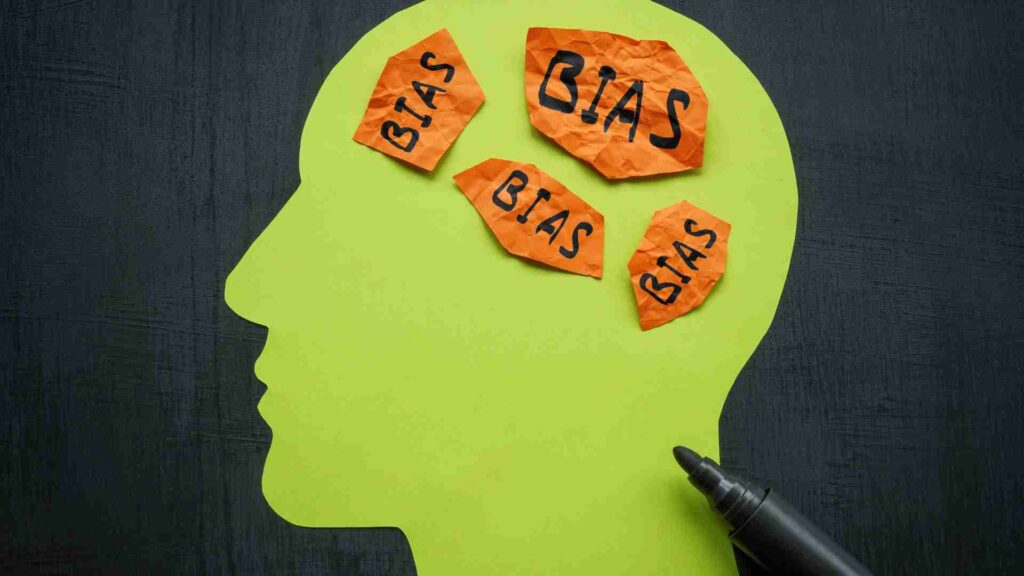Discover comprehensive information for all aspects of sexual health and find resources and guidance to empower your sexual well-being.
Erectile dysfunction (ED) is a condition that affects many men worldwide, leading to significant stress,…
Discover comprehensive information for all aspects of sexual health and find resources and guidance to empower your sexual well-being.
Erectile dysfunction (ED) is a condition that affects many men worldwide, leading to significant stress,…
Painful erections never indicate normalcy, and sometimes signal a medical emergency. Severe pain may necessitate…
Erectile dysfunction (ED) is a condition that many men face at some point in their…
Achieving and maintaining a strong penile erection is a common concern for many men. It…
Erectile dysfunction (ED) means having trouble getting or keeping an erection that’s good enough for…
Prostate health is a critical concern for men, especially as they age. The prostate gland…
Prostate health is a critical concern for men, especially as they age. The prostate gland…
When people make decisions, they often lean heavily on the first piece of information they get about a particular issue. In psychology, this is called the anchoring bias or anchoring effect.
Table of Contents
ToggleMany old-school ideas in economics, philosophy, social science, and psychology assume that people are logical beings who make decisions based on reason. This perspective has been influential in shaping various theories since the mid-20th century.
However, experiments suggested that people consistently make judgments that don’t follow the rules of logic and probability theory.

Tversky and Kahneman (1974) discovered that when people estimate probabilities, they don’t consider how likely something is or the size of the sample. Instead, they are influenced by irrelevant factors, like how easy it is to imagine an event or when given a random number unrelated to the situation. These mistakes in logical thinking and probability rules are called cognitive biases.
Tversky and Kahneman (1974) explain that these biases occur because people use quick but not always accurate mental shortcuts known as heuristics.
Related: Heuristic: Meaning, Types, Significance And Examples
The realization that people don’t always adhere to logical rules is challenging our belief in human rationality. Uncertainty about human rationality is disrupting core concepts in economics, social sciences, and logical thinking models.
The anchoring bias is a mental shortcut that makes us heavily depend on the first piece of information we come across when making decisions or estimates. This initial information, called the “anchor,” tends to have a strong influence, and we often don’t adjust enough from this starting point, which can affect the accuracy of our decisions.
When we don’t think much, our decisions can get messed up by random information we came across recently—whether we saw it, heard it, or just thought about it for a moment. This thing is called anchoring.
The anchoring bias is tied to the primacy effect, where people remember initial information better. The primacy effect clarifies why the first piece of information, or anchor, gets more importance, often at the expense of later details. If people recall the initial value more than subsequent information, they tend to unconsciously perceive the initial value as more significant.

Imagine you’re in the market for a new car. You check online and find out that the average price for the one you want is $27,000. When you visit a local dealer, they offer you the same car for $26,500, which you quickly agree to because it’s $500 less than what you expected to pay. However, another dealer in town has the exact same car for just $24,000, a whopping $2,500 less than what you paid and $3,000 less than the average price you saw online.
Later, you might regret not shopping around before making a quick decision. But why did you jump on the first offer so eagerly? It’s because your initial research set an anchor point in your mind—$27,000. Despite getting more information, like the possibility that other dealers have lower prices, you made your decision based on that anchor. Any price below $27,000 probably seemed like a good deal to you.
This tendency to latch onto the first piece of information, like the initial average price, is the anchoring bias.
Pay raise negotiation: Picture yourself in a situation where you’re discussing a salary increase with your boss. You might feel unsure about suggesting a specific amount, but research on anchoring bias hints that the one who puts forward the first number could gain an advantage. So, you decide to state a figure, and that becomes the anchor—the starting point for all the back-and-forth discussions. This gives you an edge in negotiations because your initial offer sets the boundaries for what’s considered acceptable. Any subsequent offers will likely revolve around that first number you proposed, making it a crucial focal point in the negotiation process.
The next time you’re making an important decision, consider the possible impact of the anchoring bias on your choices. Are you giving enough weight to all of the available information and possible options? Are you basing your decision on an existing anchor point?
References:
Dr. Nishtha, a medical doctor holding both an MBBS and an MD in Biochemistry, possesses a profound passion for nutrition and wellness. Her personal journey, marked by significant struggles with physical and mental health, has endowed her with a unique empathy and insight into the challenges countless individuals face. Driven by her own experiences, she leverages her background to offer practical, evidence-backed guidance, empowering others on their paths to achieving holistic well-being. Dr. Nishtha truly believes in the interconnectedness of the mind and body. She emphasizes the significance of understanding this connection as a crucial stride toward attaining balance and happiness in life.

